#alain cuny
Photo
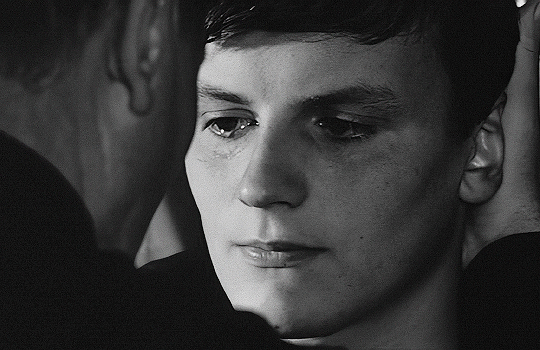
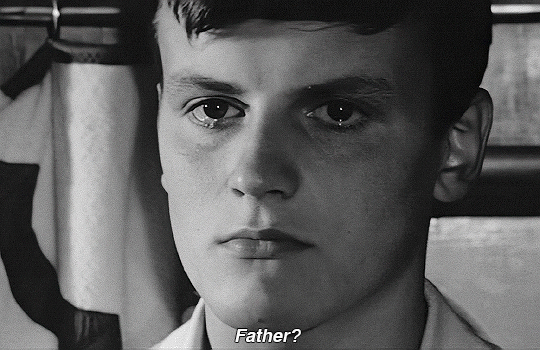

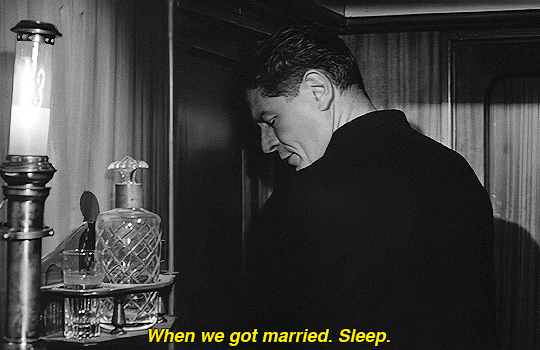
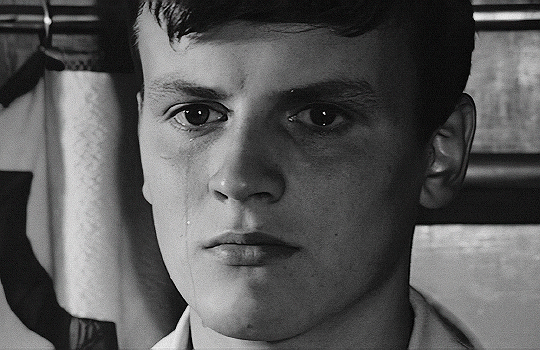
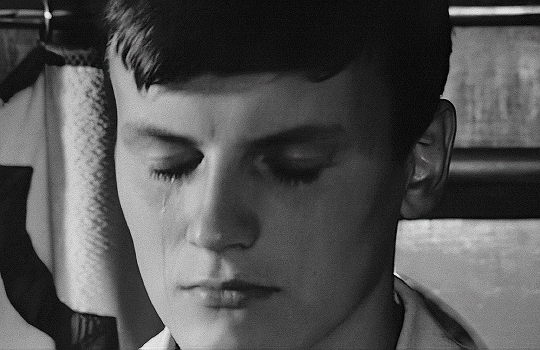
𝐂𝐨𝐫𝐫𝐮𝐩𝐭𝐢𝐨𝐧 (𝟏𝟗𝟔𝟑)
#Jacques Perrin#alain cuny#corruption#movieedit#filmedit#movies#film#moviegifs#filmgifs#dailyworldcinema#fyeahmovies#dailyflicks#classicfilmblr#classicfilmsource#1960s#1960s film#italian movies#italian film#mine#mauro bolognini
435 notes
·
View notes
Text
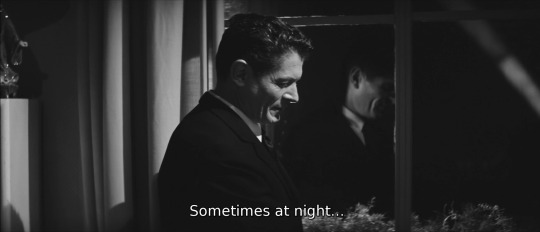
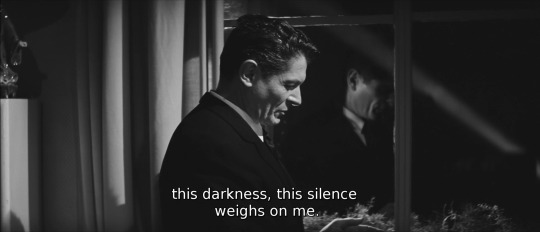
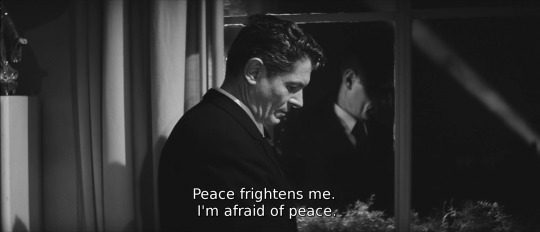





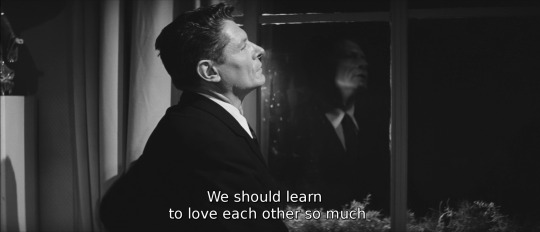

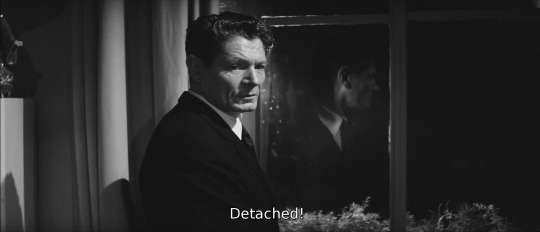
Qualche volta la notte, questa oscurità, questo silenzio mi pesano.
È la pace che mi fa paura, temo la pace più di ogni altra cosa: mi sembra che sia soltanto un'apparenza e che nasconda l'inferno. Pensa a cosa vedranno i miei figli domani…
"Il mondo sarà meraviglioso", dicono, ma da che punto di vista, se basta uno squillo di telefono ad annunciare la fine di tutto?
Bisognerebbe vivere fuori dalle passioni, oltre i sentimenti, nell'armonia che c'è nell'opera d'arte riuscita, in quell'ordine incantato…
Dovremmo riuscire ad amarci tanto da vivere fuori del tempo, distaccati… Distaccati…
Alain Cuny as Steiner in La Dolce Vita (1960) dir. Federico Fellini
25 notes
·
View notes
Photo
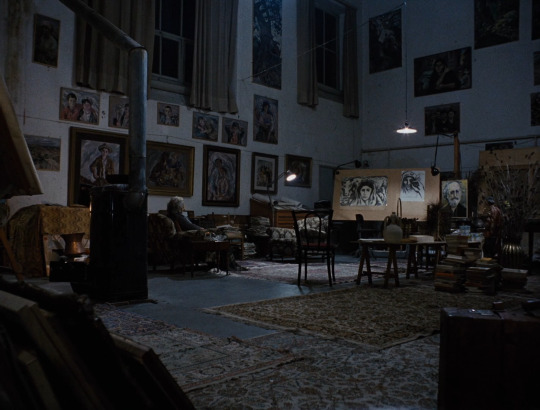

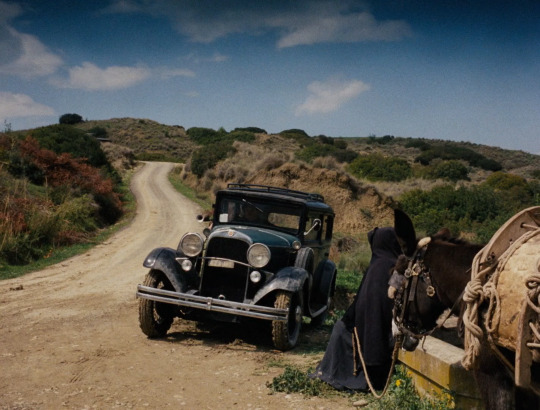
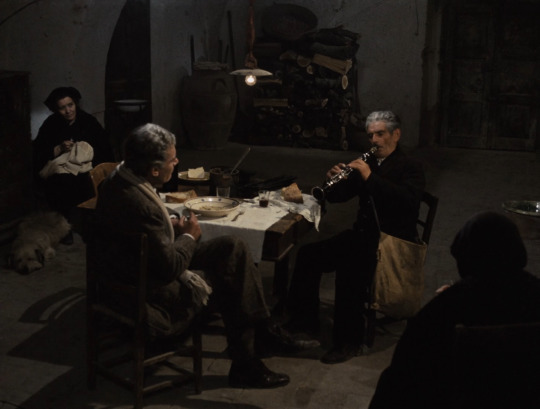



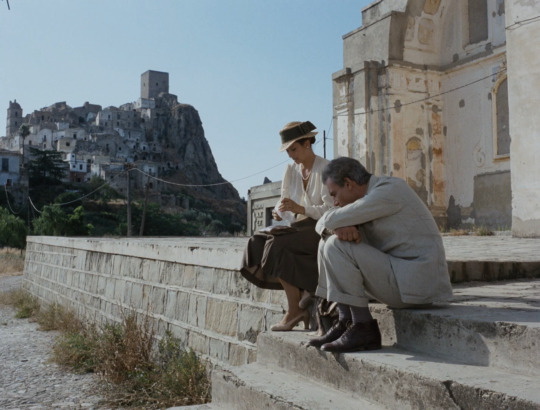
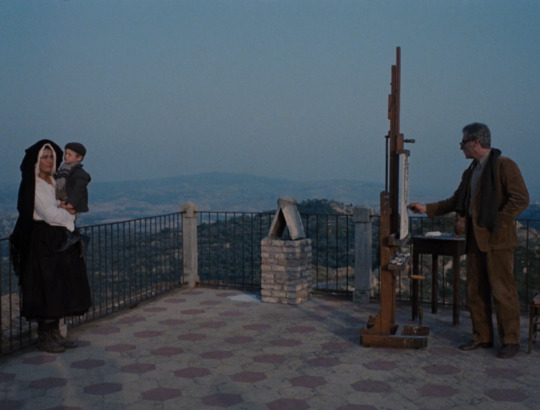
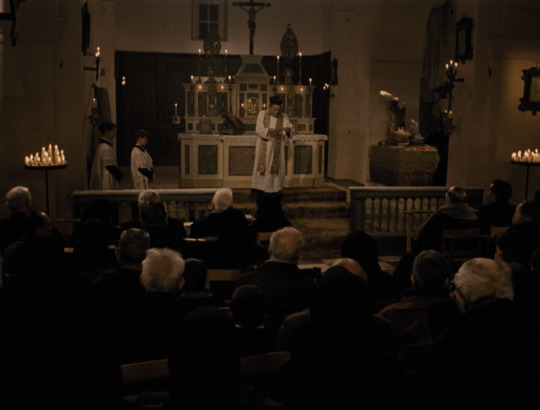
Cristo si è fermato a Eboli (1979)
#film#movie#Cristo si è fermato a Eboli#rosi#francesco#levi#carlo#christ stopped at eboli#Gian Maria Volonté#lea massarri#irene papas#Alain Cuny#paolo bonacelli#Carmelo Lauria
86 notes
·
View notes
Photo





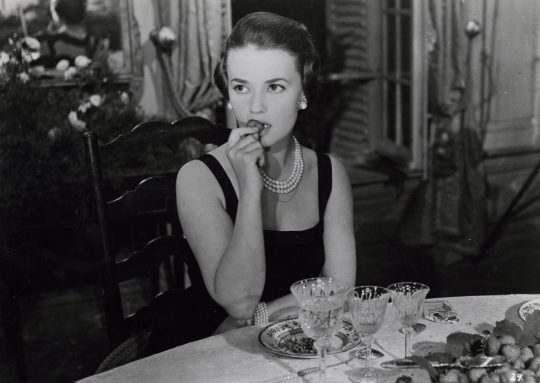


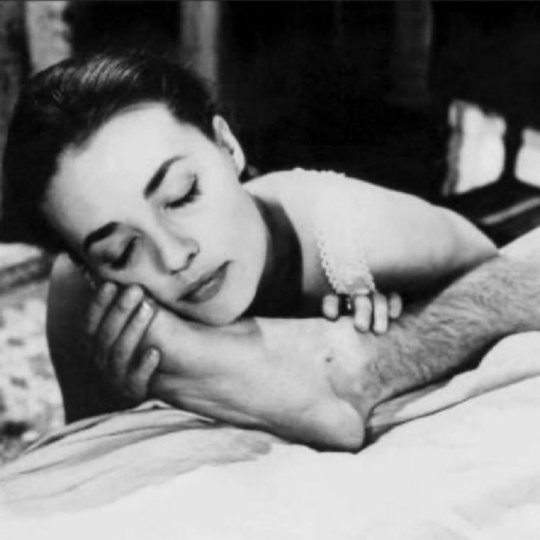
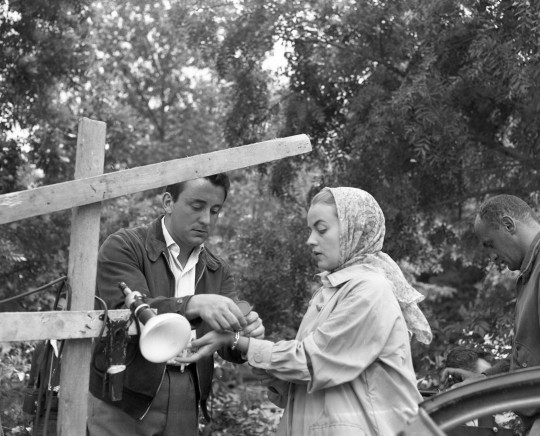
The Lovers (Les amants) (1958) Louis Malle
December 13th 2022
#the lovers#les amants#1958#louis malle#jeanne moreau#jean-marc bory#alain cuny#judith magre#jose luis de vilallonga#gaston modot#jean-claude brialy
12 notes
·
View notes
Link
Par Henry Bonnier - Avec René Nelli, Raymond Abellio, Jacques Lacarrière et le révérend Père Durand - Interprétations Alain Cuny, Colette Berge, Michel Etcheverry et Josiane Vincenzutto - Réalisation Georges Gravier
3 notes
·
View notes
Text
“L'annonce faite à Marie” (1991)
Directed by: Alain Cuny
Country: France, Canada
Length: 91 min.
Genre: Drama, Romance
Cast: Ulrika Jonsson, Alain Cuny, Christelle Challab
Cinematographers: Caroline Champetier. Denys Clerval. Serge Dalmas. Julien Hirsch. Paul Hurteau
Edited by: Françoise Garnault
Music by: François-Bernard Mâche








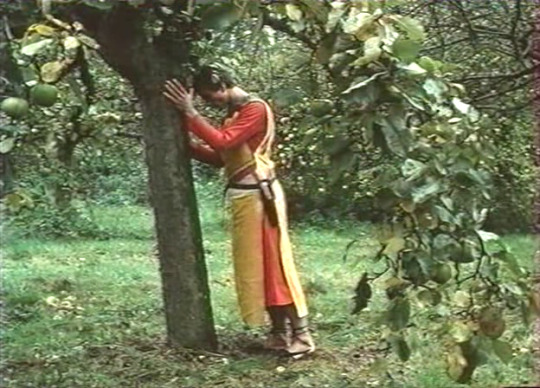

#Christelle Challab#Alain Cuny#Ulrika Jonsson#France#Canada#Drama#romance#1991#1990s#François-Bernard Mâche#Françoise Garnault
2 notes
·
View notes
Photo

Marie Déa and Alain Cuny in Les Visiteurs du Soir (Marcel Carné, 1942)
Cast: Arletty, Alain Cuny, Marie Déa, Fernand Ledoux, Marcel Herrand, Jules Berry. Screenplay: Jacques Prévert, Pierre Laroche. Cinematography: Roger Hubert. Production design: Alexandre Trauner. Film editing: Henri Rust. Music: Joseph Kosma, Maurice Thiriet.
Alexandre Trauner's sets and costumes for Marcel Carné's Les Visiteurs du Soir were based on the Très Riches Heures du Duc de Berry, although I was more reminded of the work of early 20th century illustrators like Walter Crane, N.C. Wyeth, and Maxfield Parrish, who were also influenced by that celebrated 15th-century illuminated manuscript. Trauner was not credited for his work on the film however. He was a Jew in occupied France, and the credit went to a "front," Georges Wakhévitch, just as, little more than a decade later, blacklisted Americans working in Hollywood were forced to hide behind their own fronts. The story of the making of Les Visiteurs du Soir is almost as interesting as the film itself.Not only was some of the behind-the-scenes work done sub rosa, to fool the Nazis and their collaborators, even the film's attempts to display luxury were thwarted by real-life conditions. Although the film was given a generous budget, the costuming was hindered by a shortage of suitable fabric, and in the banquet scenes the food had to be treated with an unpleasant substance to keep the extras and the crew from gobbling it down between takes. Even so, because the film deals with the manipulations of emissaries from the devil to the court of a French nobleman, it was taken to be a kind of allegory of the German invasion of France, and the devil played by Jules Berry to be a satirical representation of Adolf Hitler. The director and the screenwriters denied that was their intent.The film was a big critical and commercial hit in a France starved for movies -- films made in America and Britain were banned -- and while it's not on a par with Carné's 1945 masterpiece Children of Paradise, it remains a classic. Arletty is superbly seductive as Dominique, although it's doubtful that anyone would ever mistake her for the boy she pretends to be for part of the film. Trouser roles are always a problematic convention, but Arletty's "boy" looks to be in his 40s, which she was. As her fellow emissary, Alain Cuny is suitably dashing, and while Marie Déa is not quite the peerless beauty the screenplay wants her to be, the doomed love affair of Anne and Gilles gives an otherwise rather chilly film some warmth. But the film is stolen by Jules Berry as the devil, camping it up amusingly, at one point literally playing with fire. As a fantasy film, Les Visiteurs du Soir doesn't have the consummate style of Jean Cocteau's Beauty and the Beast (1946), to which it is sometimes compared, but its moods are darker and its story may be deeper.
4 notes
·
View notes
Text
CHRIST STOPPED AT EBOLI:
Exiled artist
Forms a bond with small village
Reluctant doctor
youtube
#Christ stopped at Eboli#random richards#poem#haiku#poetry#haiku poem#poets on tumblr#haiku poetry#haiku form#poetic#criterion collection#criterion channel#Cristo si e Fermato a Eboli#gian maria volonté#Paolo Bonacelli#Alain Cuny#lea massari#irene papas#francesco rosi#Tonino Guerra#Raffaele La Capria#carlo levi#Youtube
0 notes
Text
16 maggio … ricordiamo …
16 maggio … ricordiamo …
#semprevivineiricordi #nomidaricordare #personaggiimportanti #perfettamentechic
2022: John Aylward, attore statunitense. Conosciuto per aver interpretato il ruolo dell’ex presidente DNC Barry Goodwin nella serie televisiva della NBC West Wing – Tutti gli uomini del Presidente, e del dottor Donald Anspaugh in E.R. – Medici in prima linea. E’ stato uno dei fondatori, nel 1973, al teatro di Seattle Empty Space, ed ha lavorato regolarmente come membro della compagnia del Seattle…
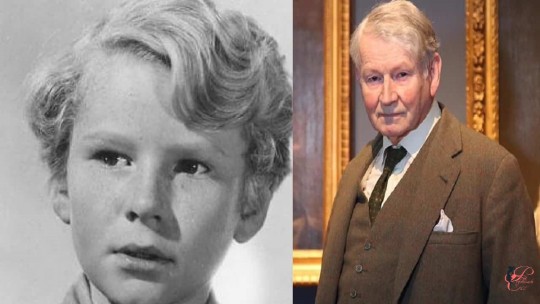
View On WordPress
#16 maggio#Alain Cuny#Biografia#Biografie#Goffredo Alessandrini#John Aylward#Jon James Lamont Whiteley#Jon Whiteley#Joseph Campanella#June Lang#Lewis Casson#Lola Flores#Lynn Shelton#Marika Rökk#Marisa Mell#Morti 16 maggio#Personaggi#Personaggi importanti#Profili#Profilo#Ricordiamo#Sammy Davis Jr
1 note
·
View note
Photo
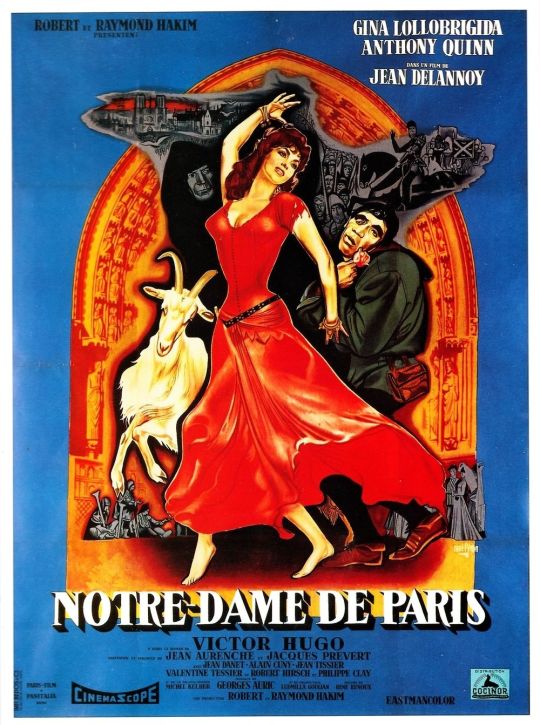
Der bucklige und entstellte, aber irgendwie niedliche Glöckner der bekannten Kathedrale Notre Dame de Paris versucht erfolglos, die schöne Esmeralda vor den Nachstellungen des zweifelhaften Erzdiakon Frollo zu retten, in dieser verglichen mit William Dieterles sonst von mir bevorzugten 1939er-Version (die wir auch zuletzt anschauten, weil die Darstellerin der Esmeralde gerade verstorben war, vergl. hier. Wir streben vergleichende Studien an) seltsamerweise einerseits werkgetreueren, andererseits aber duch eine gewisse Anfälligkeit für Spektakel um des Spektakels willens unsolideren Verfilmung des zweitberühmtesten Romans von Victor Hugo. Immerhin sprechen sie diesmal französisch, Boris Vian spielt den Kardinal, Daniel Emilfork taucht überraschend kurz auf und es ist alles viel vergnüglicher, als ich es in Erinnerung hatte, und in Farbe und Cinemascope.
#Notre Dame de Paris#Gina Lollobrigida#Anthony Quinn#Alain Cuny#Jean Danet#Boris Vian#Daniel Emilfork#Film gesehen#Jean Delannoy#Victor Hugo#Der französische Film der Woche
1 note
·
View note
Photo

#the milky way#paul frankeur#laurent terzieff#alain cuny#Édith scob#bernard verley#françois maistre#claude cerval#pierre clémenti#julien bertheau#michel piccoli#georges marchal#jean piat#daniel pilon#claudio brook#julien guiomar#marcel pérès#delphine seyrig#jean-claude carrière#michel etcheverry#luis buñuel#1969
1 note
·
View note
Text
Hymne à la beauté
Le poème de Charles Baudelaire dit par Alain Cuny
Hymne à la beauté, Charles Baudelaire
youtube
View On WordPress
0 notes
Text
Dagar Brothers — Berlin 1964 (Black Truffle)

Oren Ambarchi’s Black Truffle label has long been a source for challenging, rewarding music across genres from contemporary composition and free jazz to Thai mouth organ and wah-wah’d out solo bass recordings. Now it is becoming a great resource for Dhrupad music as well. Following up archival recordings of the recently departed Amelia Cuni and rudra veena virtuoso Ustad Zia Mohiuddin Dagar is a revelatory set of lost recordings from the Dagar Brothers, two of the most important figures in establishing the documentation and preservation of this important vocal art form.
Dhrupad is the oldest form of Hindustani classical music, characterized by extensive, drawn-out improvisations. Within this lineage, the Dagar family, which includes the Dagar Brothers, their younger siblings and fellow vocal duo Zahiruddin Dagar and Faiyazuddin Dagar, the aforementioned Z.M. Dagar and his son Bahauddin Dagar, is not just a family, but an institution. Historically, the Dagars were court musicians, and to give a sense of how important the Dagar family is to Dhrupad, there are four styles of court (or darbārī) Dhrupad, and one of them is known simply as the Dāgar vānī. Ustad Nasir Moinuddin (1919-1966) and Ustad Nasir Aminuddin Khan (1923-2000) were born into this lineage at a critical period, coming of age as India broke free from centuries of British colonial rule. British colonialism had upended Indian court music and, starting in the 19th century, Dhrupad had begun to decline in favor of different styles of Hindustani classical music such as Khyal and Thumri. The development of recording technology further displaced the music from its regal context, as the music was now being presented to a much larger audience than the courts would have allowed. Indian classical music was extensively recorded on 78 rpm records from the very beginning, but the limited timeframe that the records allowed made documenting the lengthy Dhrupad music practically impossible. In the aftermath of decolonization, Dhrupad was in danger of disappearing entirely, and it was in this context that the Dagar Brothers took initiative to preserve their family tradition.
Crucial to this mission was the rise of long-playing records in the 1950s and 1960s, which provided much more space for the expansive improvisations of the Dagar Dhrupad. There were also a number of record labels emerging around this time, such as Ocora and Lyrichord, which were dedicated to producing ethnographic recordings without consideration for commercial appeal. In the mid-1960s the Dagar Brothers made the very first Dhrupad record for the EMI-Odeon label, and went on a tour of Europe organized by the eccentric French historian Alain Daniélou. Daniélou recorded the Dagar Brothers in Berlin during this tour, which remained unreleased until now due to the tape abruptly cutting out just before the brothers finished their performance of Raga Jaijavanti. Fifty years later that recording, along with a live recording made in Berlin around the same time, is now being released by Black Truffle.
The Dagar Brothers participated in these recordings with the intention of documenting and preserving a musical tradition in danger of disappearing (and promoting it to a new audience), but this doesn’t make them any less singular as artists. Perhaps the most striking thing about these releases is the intensity of the brothers’ performances, which ought to single handedly dispel any preconceptions of Indian Classical music as new-agey “chill-out” music. On the performance of Rāga Miyān kī Todī from the live recording, that intensity is present from the very beginning and doesn’t let up during the nearly 40 minute run time. The Dagar Brothers sing in beautiful droning overtones, but when the energy hits peak levels their vocal ornamentations sound like deep, commanding shouts, all perfectly on rhythm. The court music context may make one expect otherwise, but this is deeply powerful, trance-inducing music.
In the present day, Dhrupad is often associated with what is now known as drone music. La Monte Young, who is perhaps more associated with drone than any other composer, famously studied under Pandit Pran Nath, as did Terry Riley, and those two composers helped set the stage for future works exploring long tones. But what makes Dhrupad music so important in understanding the “Western” experimental music it paved the way for isn’t just the drone, but the way in which its practitioners showed the endless sonic possibilities of such seemingly “static” music. There are even some moments of vocal overlap between the two brothers that are somewhat reminiscent of the phasing techniques utilized by Phill Niblock. But even beyond its importance to experimental music, these recordings are a testament to the living, breathing power of this ancient vocal art form, and the power of music in moving both the mind and the body. The voice, after all, is the original instrument.
by Levi Dayan
#dagar brothers#berlin 1964#black truffle#levi dayan#albumreview#dusted magazine#Dhrupad music#india#drone
7 notes
·
View notes
Video
youtube
Uomini Contro.....
TONINO GUERRA
Uomini contro è un film del 1970 diretto da Francesco Rosi, liberamente ispirato al romanzo di Emilio Lussu Un anno sull'Altipiano. Ambientato nella prima guerra mondiale,
oggetto dei comizi del generale De Lorenzo, abbondantemente riprodotti attraverso la televisione italiana
Ambientato nell'Altopiano di Asiago durante la prima guerra mondiale, intorno al 1916, il film è incentrato in particolare sul Monte Fior che, inizialmente in mano italiana, viene abbandonato e lasciato in mano all'esercito austriaco, che lo rende un'inespugnabile fortezza.
Tonino Guerra, Raffaele La Capria, Francesco Rosi
Produttore Francesco Rosi, Luciano Perugia
Casa di produzione Prima Cinematografica, Dubrava Film
Fotografia Pasqualino De Santis
Montaggio Ruggero Mastroianni
Effetti speciali Zdravko Smojver
Musiche Piero Piccioni
Scenografia Andrea Crisanti
Costumi Franco Carretti, Gabriella Pescucci
Trucco Massimo De Rossi
Interpreti e personaggi
Gian Maria Volonté: tenente Ottolenghi
Pier Paolo Capponi: tenente Santini
Alain Cuny: generale Leone
Franco Graziosi: maggiore Ruggero Malchiodi
Mark Frechette: tenente Sassu
Nino Vingelli: soldato presunto autoferito
Mario Feliciani: colonnello medico
Daria Nicolodi: crocerossina
Giampiero Albertini: capitano Abbati
Bruno Pischiutta: soldato Baionetta
Alberto Mastino: soldato Marrasi
Tonino Pavan: tenente Pavan
Brunetto Del Vita: colonnello
2 notes
·
View notes
Text

Alain Cuny, french actor (1908-1994) c.1935-1940.
21 notes
·
View notes
Photo
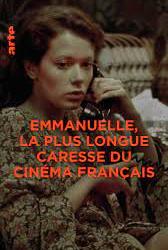
"Emmanuelle, la plus Longue Caresse du Cinéma Français" documentaire de Clélia Cohen (2020) - autour du contexte socio-culturel post mai 1968 de la sortie du film érotique "Emmanuelle" du réalisateur-photographe Just Jaeckin et du producteur Yves Rousset-Rouard avec Sylvia Kristel et Alain Cuny (1974) tiré du roman "Emmanuelle" de la franco-thaïlandaise Marayat Rollet-Andriane sous le pseudonyme d'Emmanuelle Arsan - avec les participations des auteurs Ovidie et Marc Gaudin, de l’historienne Christine Bard et de la styliste Vanessa Bruno, août 2022.
#films#spirit#Cohen#Jaeckin#RoussetRouard#Kristel#Cuny#RolletAndriane#Arsan#Ovidie#Gaudin#Bard#Bruno
8 notes
·
View notes